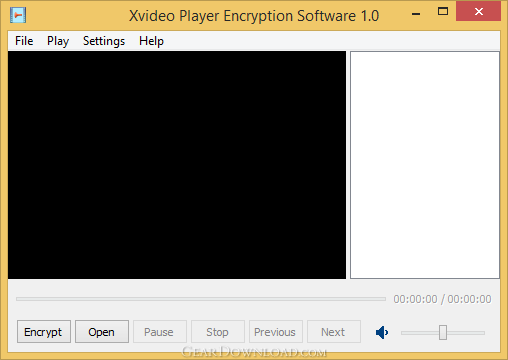

However, in a direct channel‐wise comparison between groups, no significant differences were observed in any channel.

A more bilateral pattern of activation was observed in patients. In controls, a lateralization predominantly to the left side was observed in most of the central channels covering the primary motor and somatosensory cortices. Results: Channels exhibiting increased HbO2 for the writing task compared to the resting condition in the patient and control groups are described in Fig. Differences between groups on changes in both deoxy and oxy‐Hemoglobin (HbO2) and for each ROI were then compared using Mann Whitney tests.

To test a priori hypotheses that brain activation to simple handwriting in cortical sensorimotor and supplementary motor regions would be less specific in patients than in controls, we defined right and left primary motor (M1) and somatosensory (S1) and supplementary motor area (SMA) ROIs. Methods: Twenty‐one patients with right upper limb idiopathic dystonia (6 with task‐specific dystonia) and twenty‐one healthy volunteers matched for age and years of education were submitted to a simple right‐hand writing task paradigm that consisted of 4 epochs of alternating writing/resting blocks. Latter advances in functional near infrared spectroscopy offer a new possibility for investigating cortical areas and the neural correlates of complex motor behaviors non‐invasively under naturalistic experimentation. Background: Techniques such as fMRI and PET impose important physical constraints. Objective: This study aimed to investigate the cortical activity in focal right upper limb dystonia patients using functional near infrared spectroscopy (fNIRS) during writing.


 0 kommentar(er)
0 kommentar(er)
